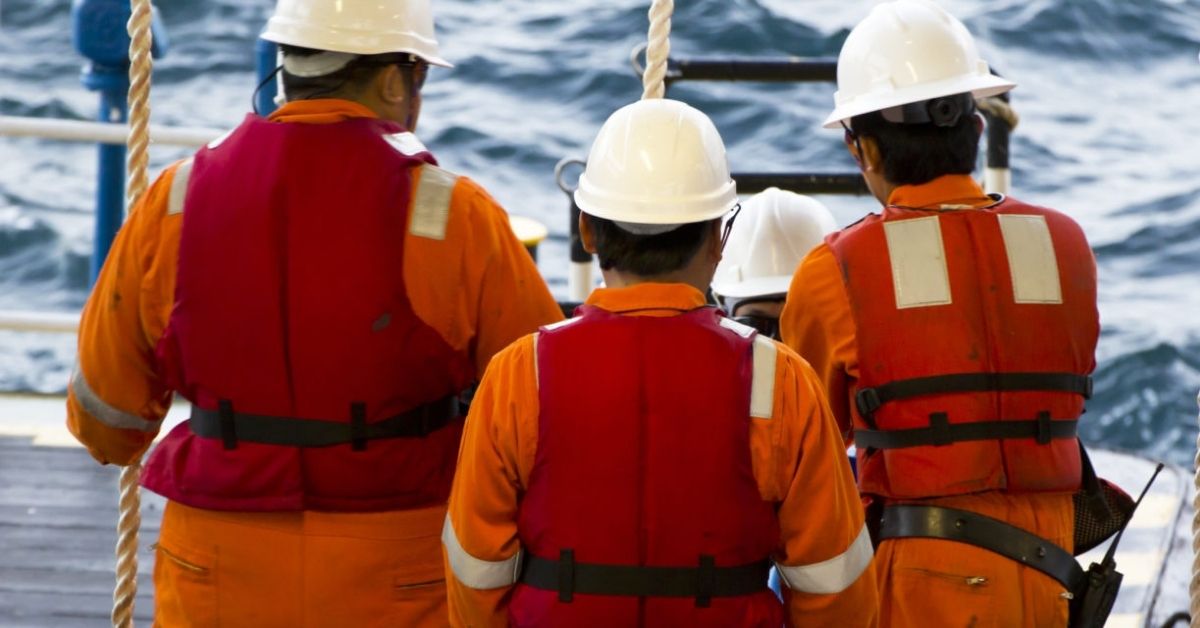The world’s top shipowners’ body has warned that that the industry must significantly increase training and recruitment levels of seafarers if it is to avoid a serious shortage in the total supply of officers by 2026.
The ‘Seafarer Workforce Report 2021’, written by The Baltic and International Maritime Council (BIMCO) and the International Chamber of Shipping, predicts there will be a need for an additional 89,510 officers by 2026 to operate the world merchant fleet on the back of growing demand for STCW certified officers.
The International Convention on Standards of Training, Certification and Watchkeeping (STCW) for Seafarers, 1978, sets minimum qualification standards for masters, officers and watch personnel on seagoing merchant ships and large yachts.
India is the fifth-largest supplier of seafarers to the global shipping industry after the Philippines, the Russian Federation, Indonesia and China, and the five main nationalities of STCW seafarers are Filipino, Indian, Chinese, Ukrainian and Russian.
Across the top five seafarer nationalities, India has the highest number of officers aged between 21 and 30 years old. In addition, almost 75 per cent of Indian ratings are aged between 21 and 40.
An estimated 1.89 million seafarers currently serve the world merchant fleet, operating over 74,000 vessels around the globe, according to the report.
The report is published every five years and is trusted by ship operators, agencies and governments as an essential management tool for those tasked with developing crewing and training strategies, delivering the market intelligence that the industry needs to plan for the future.
Demand for officers outpaces supply
The new report also highlights a current shortfall of 26,240 STCW certified officers, indicating that the demand for seafarers in 2021 has outpaced supply. Although there has been a 10.8 per cent increase in the supply of officers since 2015, this shortfall could be due to a reported increase in officers needed on-board vessels, with an average of 1.4 officers required per berth.
In addition, some officer categories are in short supply such as those with technical experience, especially at the management level. In the tanker and offshore sectors, there is a reported shortage of management-level deck officers.
On a positive note, the report said in the past five years, the industry has made good progress in reducing officer turnover rates from 8 per cent to 6 per cent, retaining qualified seafarers and increasing the number of years that they serve at sea. Compared with estimates from the 2015 report, the average age of officers serving at the management and operational level has increased.
“To meet the future demand for seafarers, it is vital that the industry actively promotes careers at sea and enhances maritime education and training worldwide, with a focus on the diverse skills needed for a greener and more digitally connected industry,” said Guy Platten, Secretary-General of the International Chamber of Shipping.
This, he said, is especially important as we recover from the effects of the pandemic, and we will need to address the real concerns that we could see seafarers turning away from careers in shipping.
“The insight and data contributions from shipping companies, national maritime administrations, and maritime education and training institutions to the new report is invaluable in gaining a picture of what our industry must prepare for in the future of seafarer recruitment and retention,” said BIMCO Secretary-General and CEO, David Loosley.
The report also focuses on diversity within the seafarer workforce, analysing a range of demographic data, including age, nationality, and gender. The latest statistics show that there is a positive trend in gender balance, with an estimated 24,059 women serving as seafarers, a percentage increase of 45.8 per cent compared with the 2015 report.
The percentage of female STCW certified seafarers is estimated to be 1.28 per cent of the global seafarer workforce and it appears that there has been a significant rise in the number of female STCW certified ratings compared to STCW certified female officers, with female ratings found predominantly in the cruise ship and passenger ferry sectors. Female officer numbers are spread more evenly across the sectors, the report added.
Source : The Hindu Businessline







